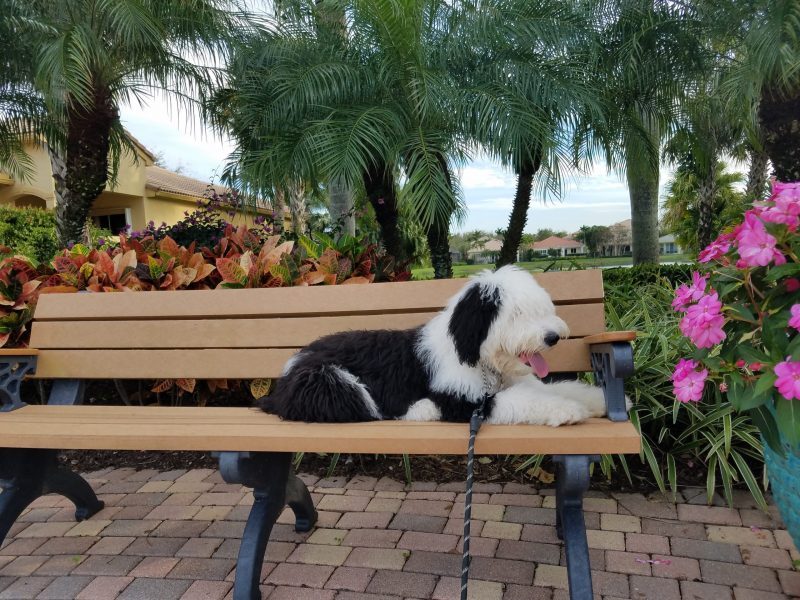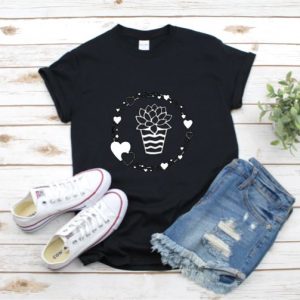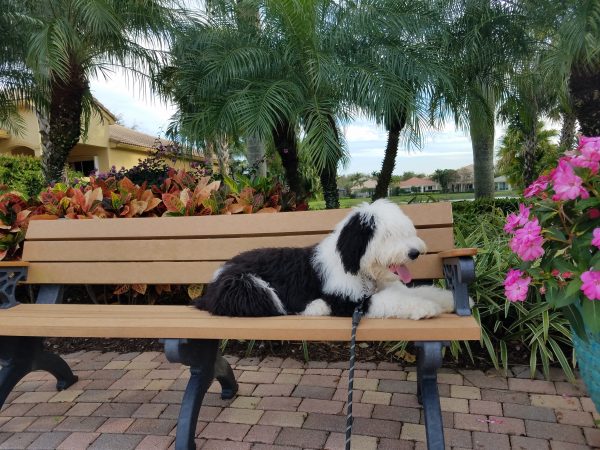
Are you a dog lover? Then, you certainly know how faithful and affectionate these animals can be. At the moment you’ve chosen a dog for a pet, you’ve actually chosen a life-time companion, looking after your well-being until its last breath.
However, care and attention are supposed to be mutual. As a dog owner, you should provide a clean and cozy environment for your pet by feeding, brushing and bathing it regularly. Although you are sick and tired from cleaning all the excessive hair which your dog sheds around, there are certain facts about its hair which are useful for you to know.
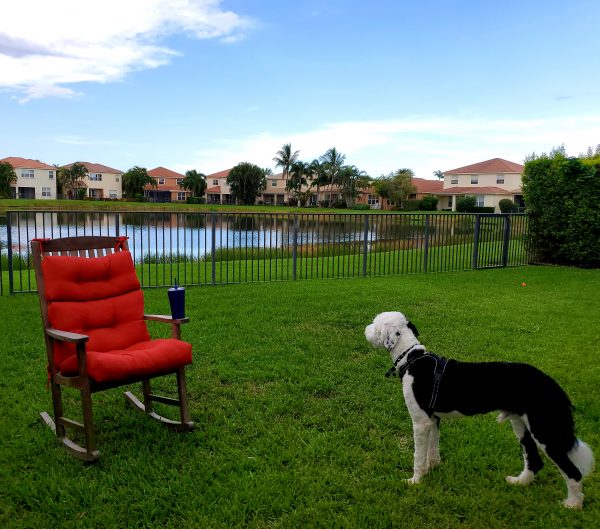
Regardless of the type of fur your pet has; short or long, straight or curly, every type reveals valuable information on the dogs’ health, shedding stages, risk of allergies, etc.
Read the most interesting and useful facts below.
Shedding hair
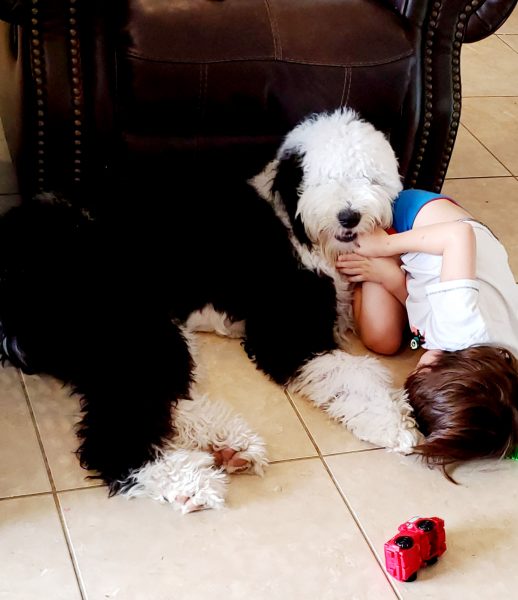
Two seasons cause the biggest change in the amount of dog fur, as it adapts to the temperature changes of the environment. For instance, the beginning of autumn marks the growth of additional fur, which is essential for the upcoming months of freezing weather. Dogs require thick hair which protects them against the cold, enabling them to live through the winter which can be especially harsh in certain regions.
On the other hand, spring marks the beginning of the malting period. Dogs need to get rid of their excessive hair in order to function normally in the hot months to come. They can’t stand boiling heat as much as they can’t stand freezing cold.
Nevertheless, spring isn’t the only period of hair malting. It’s a ceaseless phenomenon, which happens all-year-round, only differentiating in intensity. Therefore, all the present and future pet owners should seriously understand the cleaning obligations they have as a result of dog hair removal.
Health indicator
The fur is the main indicator of your dog’s health, as you need as much as one looks at it, to assess its well-being. A shiny and soft fur is a sign of a dog that is properly nurtured and completely healthy, while rough and oily hair is a clear indicator that you should take a trip to the vet. In addition, shedding whole patches of hair signalizes a health problem as well.
Allergies risk
Many dog owners are prone to developing an allergy which creates a sense of itchiness, sneezing, shortness of breath or rashes all over the body. Most people believe that the main culprit inducing the allergy is fur, but it’s not. It’s actually the dander; the dead skin cells that fall out together with the hair.
clean the house every day by using a powerful vacuum cleaner and wash every sheet or blankets with hot water to eliminate all the allergens.
Cycles of growing hair
The approximate length of the growing dog’s coat is one hundred and thirty days, which naturally varies across different breeds. It goes through four phases, each one specific in its own way.
In the first anagen phase, the pet’s constantly growing more hair, unlike the following catagen stage when it reaches the optimal lengths and stops growing. During the third phase, no growth occurs. The final exogen stage is characterized by malting hair, which completes the cycle.
Regular brushing
Regardless of the length of your dog’s coat, it needs to be groomed every day even if it lasts just for a few minutes. It’s the most effective method of preventing all the extra fur from falling down on your carpets, curtains, and furniture. This is especially beneficial for pets with a long coat, as lack of grooming can lead to forming knots which are later on extremely difficult to untangle.
Apart from these benefits, brushing is one of the pets’ favorite activities which provides them with enjoyment and a sense of relaxation. It’s also an activity that is likely to strengthen the relationship between you and your pet. It’ll look forward to the minutes both of you spend together.
All you need is a solid brush or comb. However, if you’re not entirely sure which is the right way to groom your pet, click here to learn more.
Wrap up
Having a dog for a pet suggests numerous obligations that you have to be willing to undertake. Apart from feeding, you have the responsibility to take care of its hygiene and quality of fur.
Its coat is a valuable source of information on its health and shedding phase.
Good nutrition, regular bathing and grooming will contribute to your pet’s health and beauty.
Take good care of your dog and it’ll take even better care of you!


